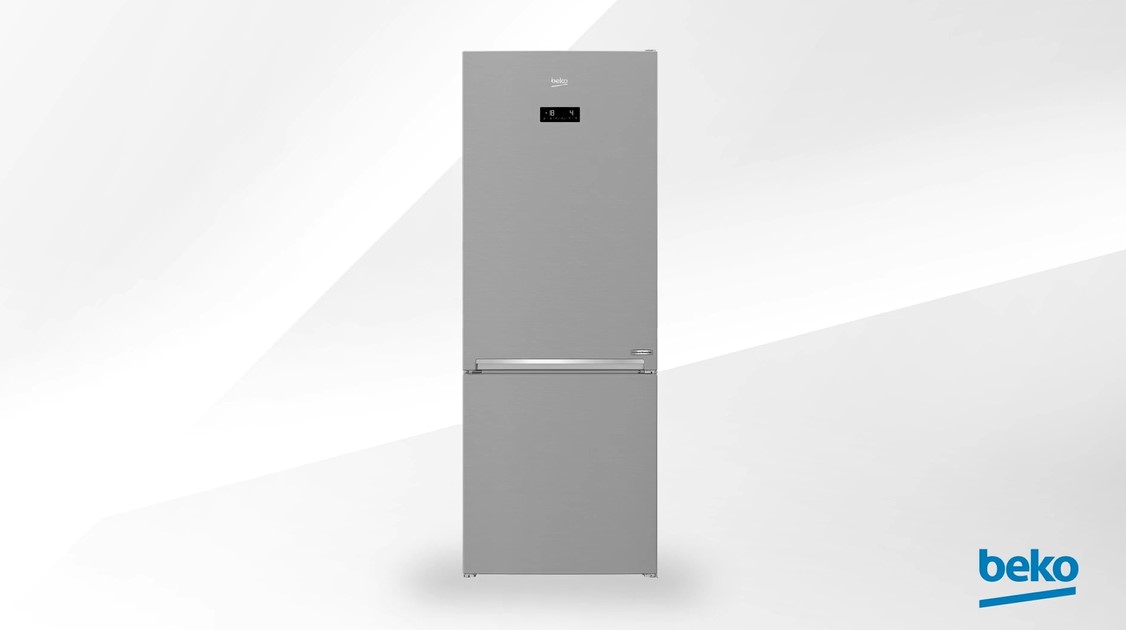What to Check If Your Fridge is not Cold Enough
If your fridge isn't cooling properly, there are a few things you can check to help restore its
cooling performance. Follow these steps to troubleshoot and improve your fridge’s
cooling:
Step 1: Check for Blocked Sensors and Air Channels
Ensure that no food items are blocking the sensors, air channels, or cooling fan. When
airflow is obstructed, the fridge may struggle to maintain a cool temperature.
Step 2: Avoid Overfilling the Fridge
Do not overfill the compartments, as this can affect temperature sensing, disrupt air
circulation, and hinder cooling performance. It could also prevent the door from closing
fully, allowing warm air to enter.
Step 3: Don’t Place Hot Food in the Fridge
Always avoid putting hot food and beverages directly into the fridge. Allow them to cool
down before placing them inside, as hot items can raise the internal temperature and
affect cooling efficiency.
Step 4: Close the Door Quickly
Avoid leaving the fridge door open for too long. This lets warm air inside, making it harder
for the fridge to maintain a cool temperature. Always check to make sure the door is closed
properly after each use.
Step 5: Ensure the Door Closes Properly
Make sure that no items are blocking the door, and check the door gasket for any
damage or dirt that might prevent a proper seal. Cold air leakage through a damaged
gasket can significantly impact cooling.
Step 6: Defrost If Necessary
If your fridge is not No-Frost, unplug the fridge and periodically defrost it to remove built-
up ice. A layer of ice can insulate the cooling coils and reduce the fridge’s efficiency.
● Do not use any sharp objects to remove the ice, as this could damage the
appliance.
● Avoid using direct heat sources like a hair dryer to speed up the defrosting
process. Let the ice melt naturally.
Step 7: Clean the Fridge for Better Cooling
After defrosting, clean the fridge thoroughly to improve its cooling performance. Dirt and
grime can build up and affect the fridge's overall efficiency.
By checking these common issues and performing regular maintenance, you can help
ensure that your fridge maintains its optimal cooling performance.



